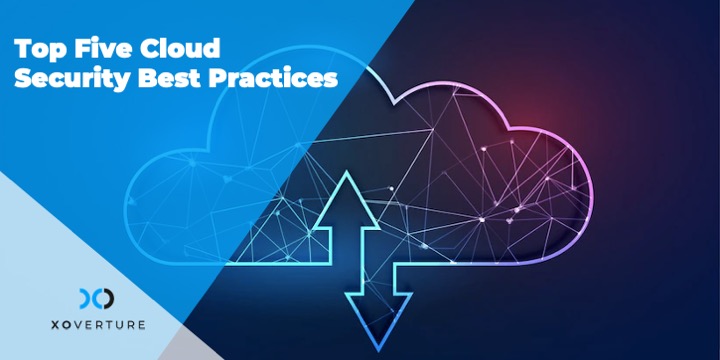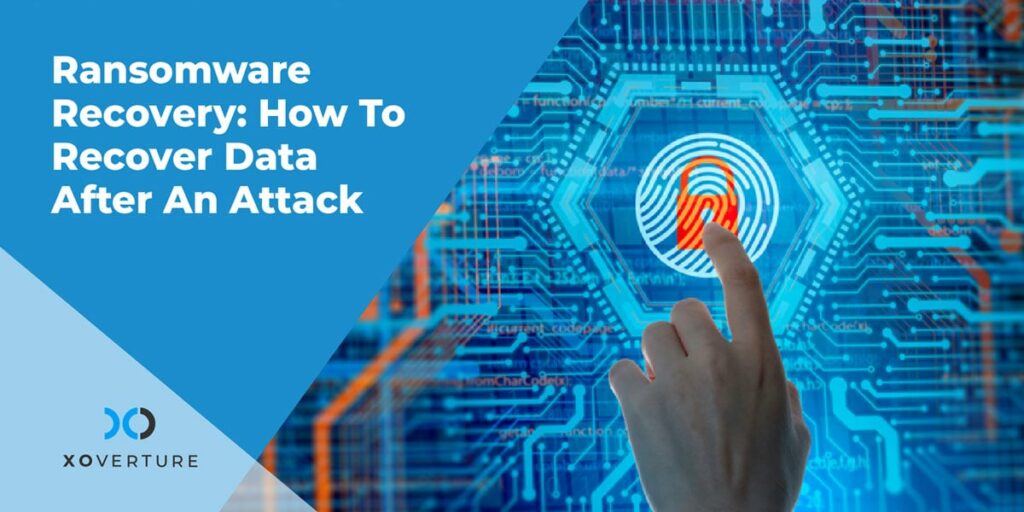Cloud data breaches are now frequent occurrences. In just the past year alone, millions of consumer records have been leaked. According to industry analysts, things will continually get worse.
A new era of unprecedented agility was introduced by public clouds. Naturally, companies of all sizes are utilizing the cloud and integrating it into their infrastructure. The cloud’s rapid expansion is strikingly similar to that of its older cousin, the Internet.
Exploiting various misconfigurations is a common strategy used in attacks on cloud services. A dizzying speed of new services is being added by Cloud Providers to meet the insatiable customer demand, and each new service has its own set of access and security configurations. Think about how difficult it would be to keep track of all the configurations across all of those services from various cloud providers, who are often updating and releasing new services.
Additionally, authorities release a wide range of regulatory frameworks with continuous updates that are useless. Cloud security is highly complex as a result of all of these factors working together. This is proven to be an impossible task for the vast majority of enterprises because it calls for a multitude of skills.
This blog will give you an insight into the top cloud security best practices every business must follow:
What is Cloud Security?
Data leakage, access compromise, privilege misuse, and malicious attacks are just a few examples of the various ways that cloud security breaches occur (malware, DoS, etc). Cloud security is ensured by the following combination:
- Technical Controls
- Policy & Standards as Controls
- Procedures & Services as Controls
Who is Responsible for Cloud Security?
Most cloud users have the erroneous assumption that cloud providers are in charge of “complete” cloud security. That is a flawed understanding. Some aspects of the cloud’s security are the responsibility of cloud providers, while the remaining aspects of the cloud’s security are the responsibility of cloud users. According to reports, Cloud Providers were not technically at fault for the vast majority, if not all, of the data breaches; instead, cloud users’ inadequate security or access settings were to blame.
Cloud Security Best Practices Your Business Must Follow
Choose a Reputed Cloud Provider
Choosing the best cloud provider often involves going with a reputable brand. You ought to pick a cloud service provider with a solid track record in the security industry. Popular vendors have frequently been in the market longer and have had more time and money to improve their security and access control features.
Understanding Security & Compliance Responsibilities
Understanding that security and compliance responsibilities are shared between the provider and the end user is crucial before you start using a cloud service. You should be fully aware of the scope of your end-user responsibilities. Once you are aware of this, you may concentrate your security efforts on the areas that fall under your purview.
Understand Access Controls
For cloud assets, access management is crucial. Organizations need to know who has access to the cloud, what level of access they have, and what tasks they are able to complete with that access. Leverage the power of AI and ML technology to learn more about the processes that govern access within your cloud environment. Utilize these insights to keep tabs on your cloud and unauthorized access and security breaches.
Implement Multi-factor Authentication & Strong Password Policy
Create a strict password policy that requires your users to choose secure passwords and to update them regularly. The policy must include the required password specifications, including minimum character requirements, length requirements, and rotation criteria. Since most people tend to overlook this feature, it is advisable to automate password changes.
Also, set up multi-factor authentication (MFA) for each user. Credential abuse attacks are more likely to target organizations that don’t employ additional layers of identity protection. Data compromise may result from a credential-based attack. MFA can help to prevent this.
Conduct Regular Audits
Cybersecurity is continually evolving. You must regularly evaluate your cloud identity management architecture and make plans for upcoming security upgrades. Audit user credentials on a regular basis and keep tabs on the password and access key lifecycle. The audits will make clear the cloud’s vulnerabilities.
Bottom Line
The extensive readiness gap for cloud security is not surprising given that many organizations have numerous cloud security issues in areas like application security, data security, shadow IT, identity and access management, and on top of them all, cyberattacks.
Engaging certified cloud partners early on in your cloud planning process is advised by Gartner to guarantee that vulnerabilities are easily found and addressed before they become a catastrophe.




